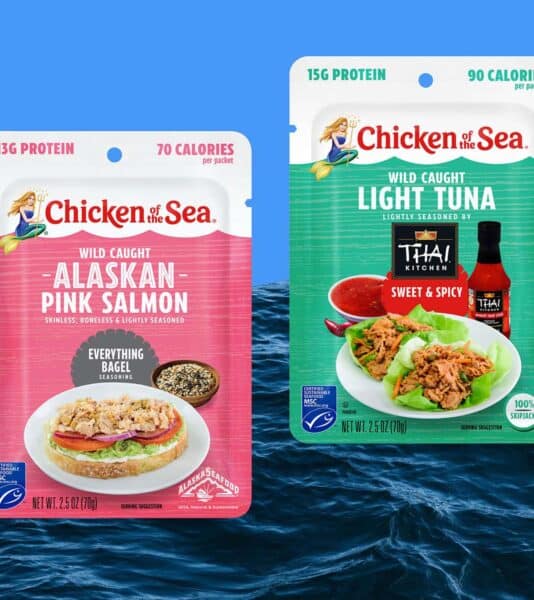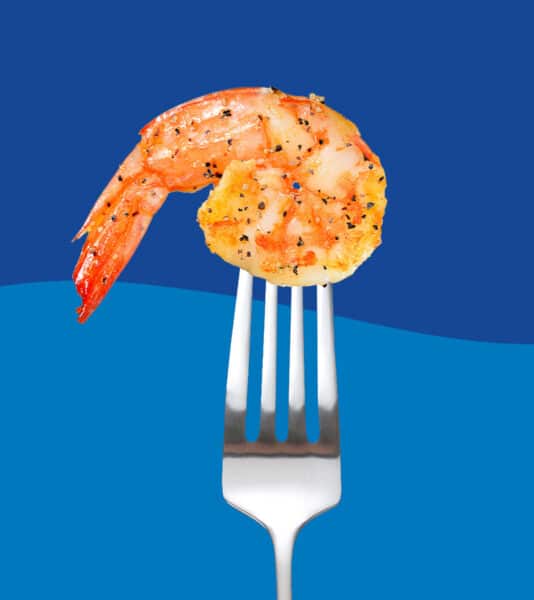In its State of the Restaurant Industry report for 2023, the National Restaurant Association (NRA) identified the top challenges in the foodservice industry this year. Number one on the list: “higher food costs,” with 92% of operators saying the cost of food is a significant issue for their restaurant. The second biggest challenge was “being understaffed”. Both have an impact on foodservice purchasing this year, while sustainability continues to drive consumer demand and purchasing decisions as well.
Menu & inventory streamlining
Among the “top 3 macro trends” for 2023 is menu streamlining, according to the NRA What’s Hot Culinary Forecast. The strategy involves paring back menu offerings to focus on best-sellers with highest profitability, after accounting for food and labor costs. In conjunction with menu streamlining, many operators are streamlining inventory as well, aiming for fewer products with cross-utilization. Purchasing fewer items sometimes confers buying power, while also reducing the labor overhead of inventorying, ordering, and putting away larger portfolios of inventory products. It can help reduce food waste from spoilage as well.
Supply chain issues
While supply chain issues have eased this year, David Maloni observes that “risks remain in the supply chain” (Nation’s Restaurant News).
Food Logistics points to concerns with resiliency of the food supply chain, driver shortages, limited warehouse capacity (especially for cold storage), freight shipping challenges, and the potential for a recession as food supply chain issues this year.
Selecting shelf-stable inventory products such as Chicken of the Sea tuna and salmon can be one of the strategies for enhancing resilience and versatility in your foodservice inventory.
Rising focus on value-added products
There is a rising focus on value-added and convenience products. “With about one in three operators saying the total level of culinary skill in their kitchens has dropped, Datassential (One Table – The state of the operator and the road ahead) points to the idea of turning to more value-added or convenience products that reduce the need for scratch cooking. This makes it feasible to do more with fewer labor hours and a less trained labor force,” explains the Tunaversity.com course, Foodservice Cost-Cutting.
“To alleviate their economic pressures, operators will turn first to product formats that are versatile, long lasting, and convenient,” Datassential points out. “Shelf-stable products top the list, followed by refrigerated, frozen, and fully prepared products,” explains the course.
Datassential also points to the rise in purchasing “products that can save time, money, and especially labor” as the top attribute foodservice operators are looking for now. In this regard, products that require no cooking, such as ready-to-use Chicken of the Sea seafood products, can offer advantages over meats that need to be prepped and cooked for foodservice recipes.
Sustainable sourcing
As consumer demand for sustainability continues to grow, “sustainable sourcing is becoming more critical” for restaurant operators, says Synergy Restaurant Consultants. This is especially important in purchasing seafood, they suggest, saying, “In 2023, more restaurants are expected to commit to serving sustainable seafood and communicating this commitment to their customers.”
SeaChange® 2030 empowers foodservice operators with a comprehensive and broad-reaching sustainability plan . Thai Union, parent company of Chicken of the Sea, recently launched SeaChange® 2030, which “marks a significant expansion of the company’s sustainability strategy, first created in 2016, due to its 11 interconnected goals that will drive global impact for our people and our planet,” said Thai Union. The plan is aiming “to drive meaningful improvements across the entire global seafood industry.”
For foodservice purchasing this year, look to Chicken of the Sea as a solutions source for many of today’s trending foodservice purchasing needs, including shelf-stable versatility, labor-savings, convenience, and sustainability.








